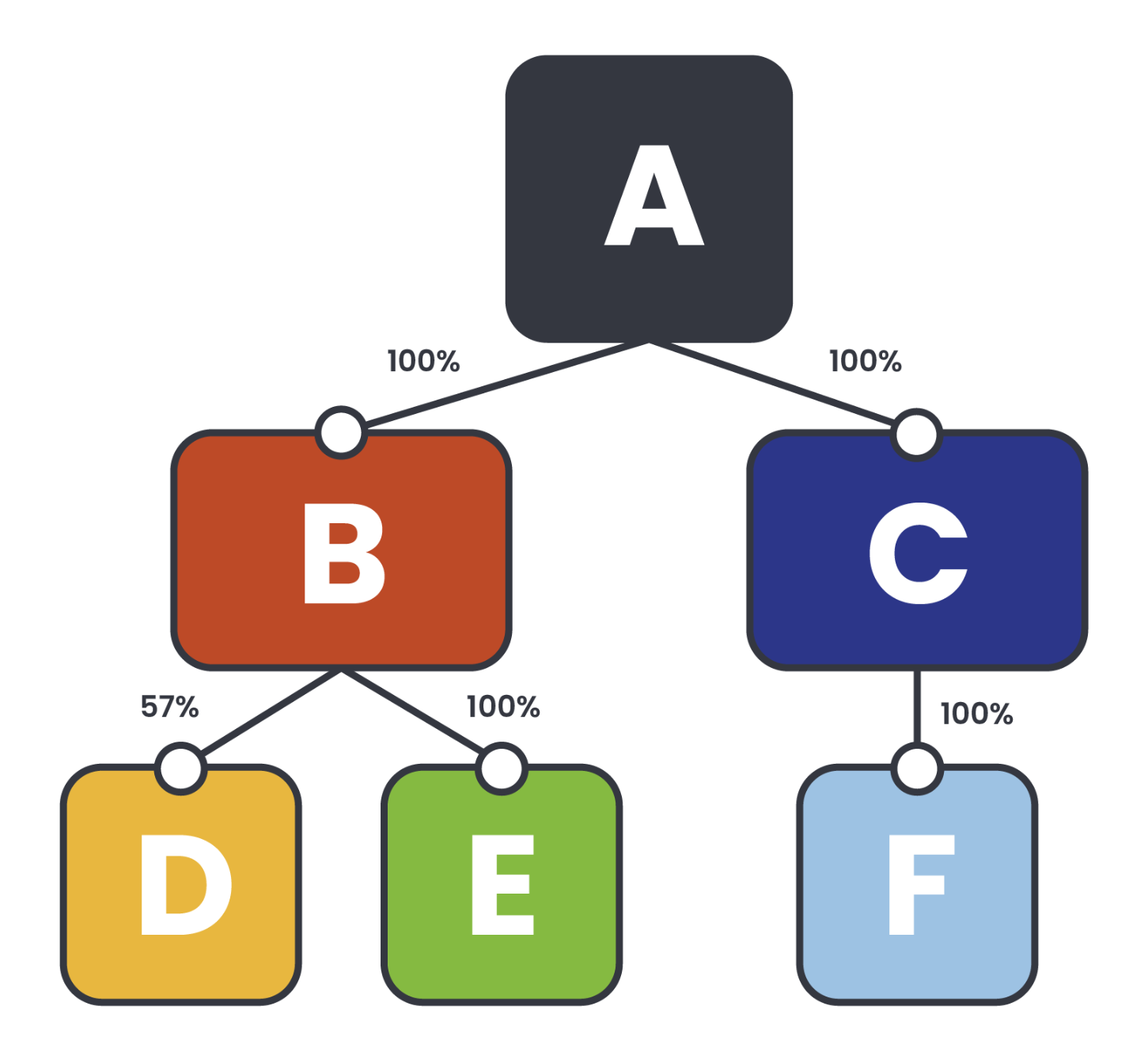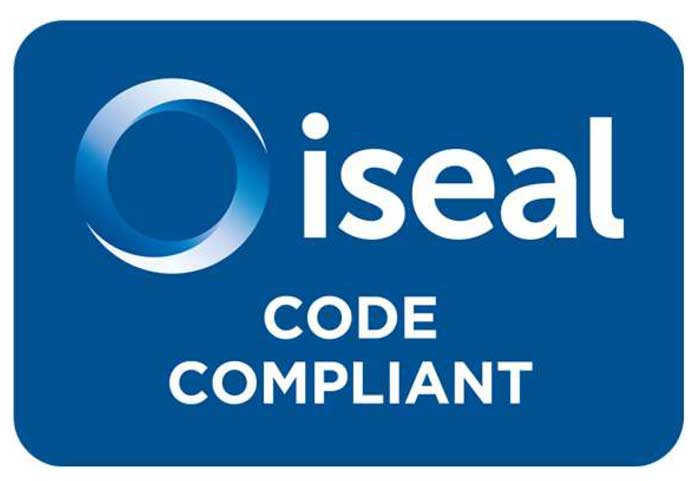I’m considering ASI Membership
FAQ Index
I’m considering ASI Membership FAQs
Overview
ASI is a multi-stakeholder organisation and welcomes all organisations with an interest in the aluminium value chain. Follow the path below to find the right membership class for your organisation – more information on each class is available in the ASI Membership Information and Application Form.
Join ASI to improve your performance and scale up your progress on key environmental, social and governance issues through collective action. By joining ASI, you become part of the global effort to drive positive change.
Yes, eligible companies must become ASI members in either the Production and Transformation or Industrial User membership class to pursue ASI Certification. Membership fees contribute to the management and oversight of the overall program.
Members can engage as much or as little as they like. Some ASI members are active in Working Groups which are open to all, or the Board or Standards Committee where elected. Others are mainly focused on achieving or maintaining ASI Certification in their business. We provide online learning opportunities through educationAL for all interested members, and an online assurance platform, elementAL, for Certification.
Defining key ASI membership terms
An ASI Member is comprised of one or more legal entities. A legal entity is a body corporate or an organisation with a separate legal personality.
The Membership Scope is the ‘boundary’ of what is included within an ‘ASI Member’. The membership scope (a) determines the annual membership fees because membership fees are calculated based on the turnover of the member, and (b) sets the extent of which entities can seek ASI Certification and/or make membership-related claims. To help us understand your proposed membership scope, we may seek more information such as a group structure chart, etc.
Within complex group structures, a parent company’s Membership Scope will include all of its owned and/or controlled subsidiaries. ASI’s definition of Control by an Entity consists of:
- Direct or indirect majority ownership or Control (alone or pursuant to an agreement with other entities) of 50% or more of the voting rights (or equivalent) of the Controlled business or Facility; and/or
- Direct or indirect (including pursuant to an agreement with other entities) power to remove, nominate or appoint at least half of the members of the Board of the directors or management (or equivalent of the Controlled business or Facility); and/or
- Day-to-day executive management of the Controlled Business or Facility such as by setting workplace standards and enforcing their application; or
- Any legally recognised concept of ‘Control’ analogous to those described in (1) to (2) above in a relevant jurisdiction. Although the above defines ‘Control’ in a corporate context, the same principles will apply by analogy to other organisational arrangements, including franchisees, licensees and Control by an individual or a family, where applicable.
Membership fees within complex group structures will be based on the sum total of the turnover of the entities within the membership scope.
Fig. 1 illustrates how the membership scope may be defined within a group structure.
– If A joins as a member, B, C, D, E, and F are within A’s membership scope.
– If B joins as a member, D and E are within B’s membership scope, and C and F are not.
Fig. 2 shows an example graphical representation of an organisational structure.

Fig. 1

Fig. 2 Example organisation structure
The Certification Scope is defined by the Member and sets out what parts of the Member’s business are to be covered by an ASI Certification you wish to seek. So a Certification Scope can be a subset of a Membership Scope, but it cannot be outside the Membership Scope. For a Member to include an entity in its Certification Scope, that entity must first be part of its Membership Scope. See the ASI Assurance Manual for further information on defining your Certification Scope.
A Joint Membership is when two or more separate entities within a group wish to jointly act as a member. To form a joint membership, the entities must be related i.e. part of the same group structure. Special rules for ASI Joint Memberships are noted under clause 5.9 in the ASI Constitution.
For a Joint Venture to participate in ASI’s membership structure and (where applicable) the ASI certification program, at least one Joint Venture party, or the Joint Venture entity itself, must be an ASI member. An alternative is for a Joint Venture party to apply for membership separate from another Joint Venture party. However certification is only possible for the entity managing the Joint Venture (or the Joint Venture), but not the non-managing Joint Venture party separately. The ASI Joint Ventures Policy is available here
Defining your membership
If your organisation carries out any bauxite mining, alumina refining, or aluminium smelting, you must nominate the Production and Transformation membership class.
Other supply chain activities may appear to be eligible for either of these classes. Nominate the one that most accurately reflects your organisation’s predominant business activities. More information is in the ASI Membership Information and Application Form or contact us at info@aluminium-stewardship.org to discuss your situation
No. A requirement of ASI Membership is that all Production and Transformation and Industrial User members must have at least one facility or part of the business certified as meeting the requirements of the ASI Performance Standard. This is a condition of continued membership.
The company that joins ASI as a member needs to be a legal entity. If you have a subsidiary company that has the relevant connections to the aluminium value chain in your business, then you can join that as the ASI member. However if there is only the one company that covers more than aluminium-related activities, then it will need to join as the member and the sales and number of employees will need to relate to the legal entity/company that joins ASI.
You can choose to join each subsidiary company individually, or join the parent group that controls these companies as a single member. There is also the option for two or more bodies corporate to jointly hold an ASI membership, as described in the membership application form (p.10-11) and further in the ASI Constitution.
Yes, you can change your membership to cover the whole group in the future. To make the change you will need to send us another copy of the Membership Form, updated with details for the whole Group. Your annual membership fee won’t change if the annual turnover/revenue stays in the same category. If your annual turnover changes to the next category, we will send you an invoice for the difference in the membership fee.
In order for a Joint Venture to participate in ASI’s membership structure and (where applicable) the ASI certification program, at least one Joint Venture party, or the Joint Venture entity itself, must be an ASI member. Find out more in ASI’s Joint Ventures Policy.
Fees
ASI is funded primarily through membership fees, with some revenue from auditor accreditation, events, grants and projects. ASI publishes its audited financial statements annually on the website for transparency.
A key principle of ASI is to be inclusive, encouraging organisations of all types and sizes to become members. A range of membership fees are applicable depending on the type, size and/or purpose of your organisation. Civil Society members that participate in an ASI Working Group, the Standards Committee and/or the Indigenous Peoples Advisory Forum do not pay membership fees. Visit the Join ASI page for the latest ASI Membership Information and Application Form to find current fee rates.
Yes. There is an annual membership fee to continue your ASI membership. ASI annual membership fees are determined by annual turnover/revenue for the financial year immediately preceding the date of the application or membership renewal date.
No. The membership fees do not cover the costs of audits as this varies depending on the nature and number of audits you seek. The audit arrangements, including the commercial terms, are between you and your chosen ASI Accredited Audit Firm.
No. The ASI membership fee is a flat annual fee and there are no additional costs charged by ASI for Certificates, or for labelling or volumes of material if certified against the Chain of Custody Standard.
Communications
Normally it takes one or two business days after we have received the payment.
ASI members can communicate their ASI engagement through any forum. You will also feature on ASI’s website with your own member page. You can consult the ASI Claims Guide for general advice, and the ASI Style Guide for more information on logo usage.
SHARE THIS PAGE:


